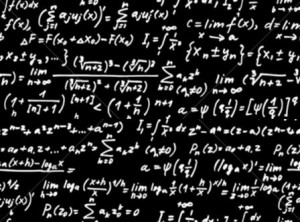The opening of “The World of Blind Mathematicians,” Allyn Jackson’s article which describes just that:
“A visitor to the Paris apartment of the blind geometer Bernard Morin finds much to see. On the wall in the hallway is a poster showing a computer generated picture, created by Morin’s student François Apéry, of Boy’s surface, an immersion of the projective plane in three dimensions. The surface plays a role in Morin’s most famous work, his visualization of how to turn a sphere inside out. Although he cannot see the poster, Morin is happy to point out details in the picture that the visitor must not miss. Back in the living room, Morin grabs a chair, stands on it, and feels for a box on top of a set of shelves. He takes hold of the box and climbs off the chair safely—much to the relief of the visitor. Inside the box are clay models that Morin made in the 1960s and 1970s to depict shapes that occur in intermediate stages of his sphere eversion. The models were used to help a sighted colleague draw pictures on the blackboard. One, which fits in the palm of Morin’s hand, is a model of Boy’s surface. This model is not merely precise; its sturdy, elegant proportions make it a work of art. It is startling to consider that such a precise, symmetrical model was made by touch alone. The purpose is to communicate to the sighted what Bernard Morin sees so clearly in his mind’s eye.”
Another mathematician post:
Tags: Allyn Jackson, Bernard Morin

